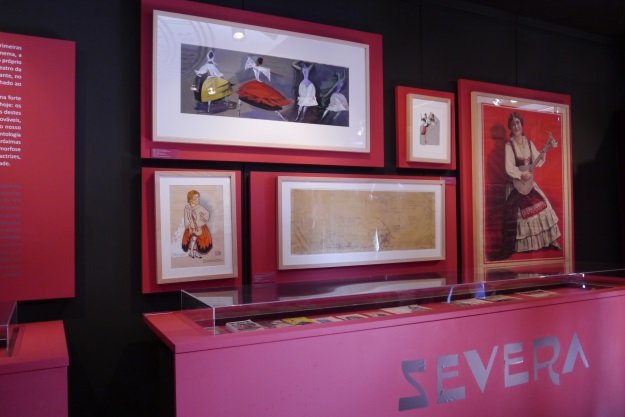Fado and Theatre
30 June, 2013 to 31 December, 2013
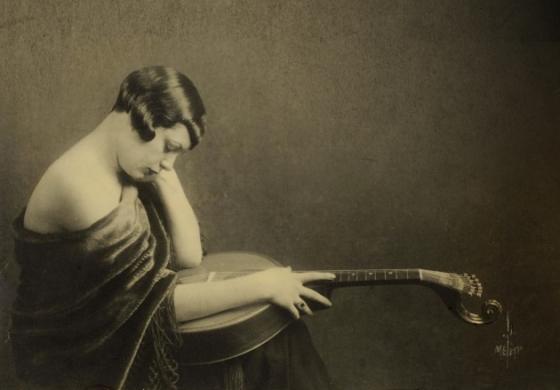
Fado appeared as a major musical genre within the Portuguese cultural memory through the theatre and with the theatre. It moved from the restricted underground pubs and brothels, and from some aristocratic and bohemian bourgeoisie salons and found its place in theatre halls. During the second half of the 19th century its “integration” brought popular consecration, and – from an artistic point of view – it became Lisbon’s typical song and the city’s never ending soundtrack. In fact, as Fado explores the city’s imaginary and identity heritage, it also embodies the city’s natural environment and most popular and typical neighbourhoods, as Alfama, Madragoa and Mouraria. And these areas, in turn, also become the subjects of poetic creation, dramaturgy and musical plays (operetta and revista), and of each element at an artistic level: set design, wardrobe, music and texts.
Between the end of the 19th century and the first decades of the 20th century a mythical celebrity emerged. The Severa becomes a character common to all arts, as painting, movies, photography, music, dance and – above all - theatre. She embodied Fado itself.
Fado appears on stage for the very first time in 1869, in the comedy “Ditoso Fado” at Teatro da Trindade. It was also the first time an actor – in this case Taborda – sung a type of Fado on stage accompanied by live guitar music.
It was the beginning of a new type of artistic intervention that would become a powerful tradition in Portuguese musical plays and would linger on until today: operetta and Revista actors singing the Fado on stage. Many of these performers would momentarily change into improbable Fado singers. They were indeed the first interpreters of great successes that still linger within our collective musical imaginary and that necessarily belong to every anthology and History of Fado, and that whose more or less similar to the original versions are also today recorded and sung by contemporary Fado singers. The Revista is the place where these performers turn into Fado singers, and later on where Fado singers (also know as cantadeiras) become actresses themselves as well. Amália Rodrigues is the most known example of this reality.
This long and fruitful artistic partnership is the subject of this exhibition "O Fado e o Teatro", that was born from the combination of the invaluable vast collection of Museu Nacional do Teatro with the programming of Museu do Fado. This exhibition was planned, created, and produced within the framework of the declaration of Fado as Cultural Heritage of Humanity. Opening in two different museums, the goal of the exhibition “O Fado e o Teatro” is to evoke part of the long and deep existing relationship between Fado and Theatre, through various media, materials and documents, stage costumes, wardrobe, original caricatures and demos, photographs, editions, audiovisual documents, and personal objects that represent the common heritage of these ephemeral and intangible arts that are sound alive in all our memories and daily lives.
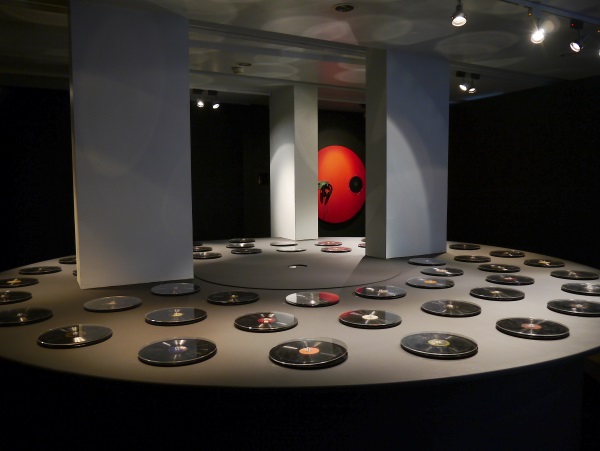
Photo: José Frade | Museu do Fado

Photo: José Frade | Museu do Fado
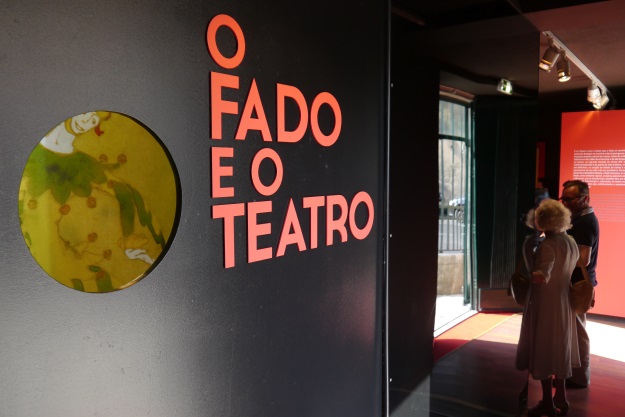
Photo: José Frade | Museu do Fado
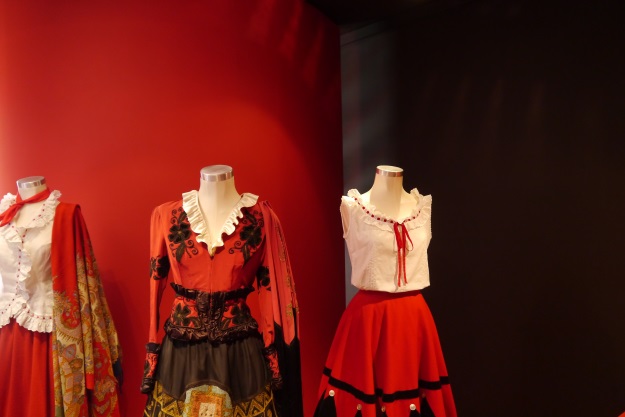
Photo: José Frade | Museu do Fado
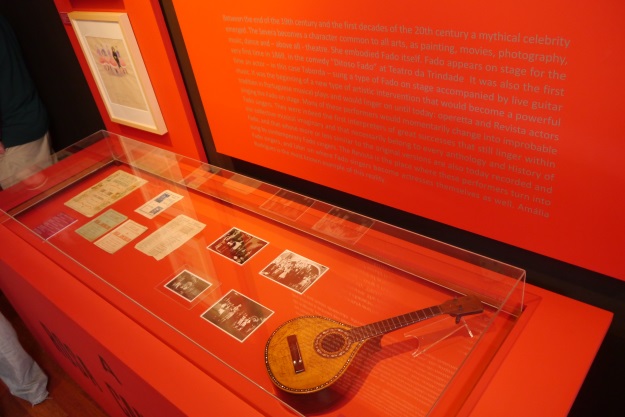
Photo: José Frade | Museu do Fado
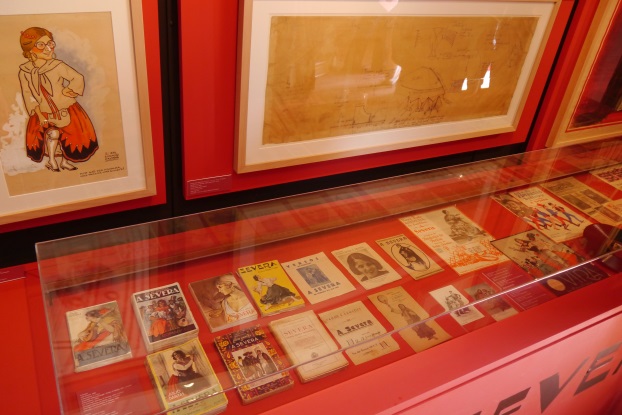
Photo: José Frade | Museu do Fado
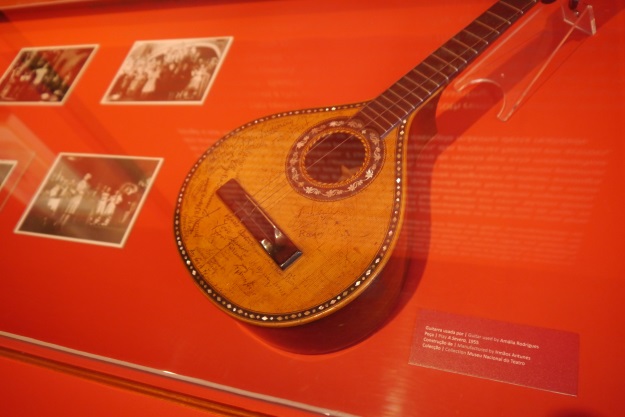
Photo: José Frade | Museu do Fado
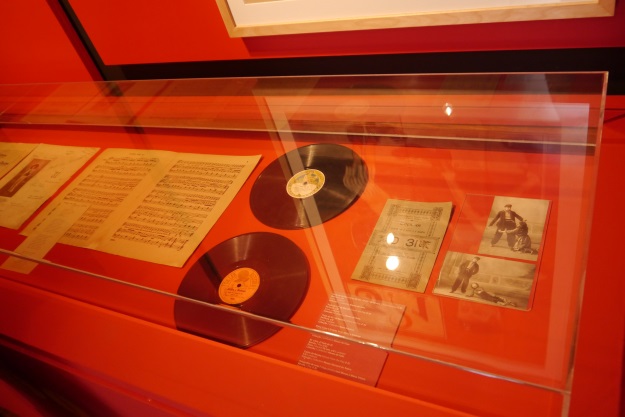
Photo: José Frade | Museu do Fado
